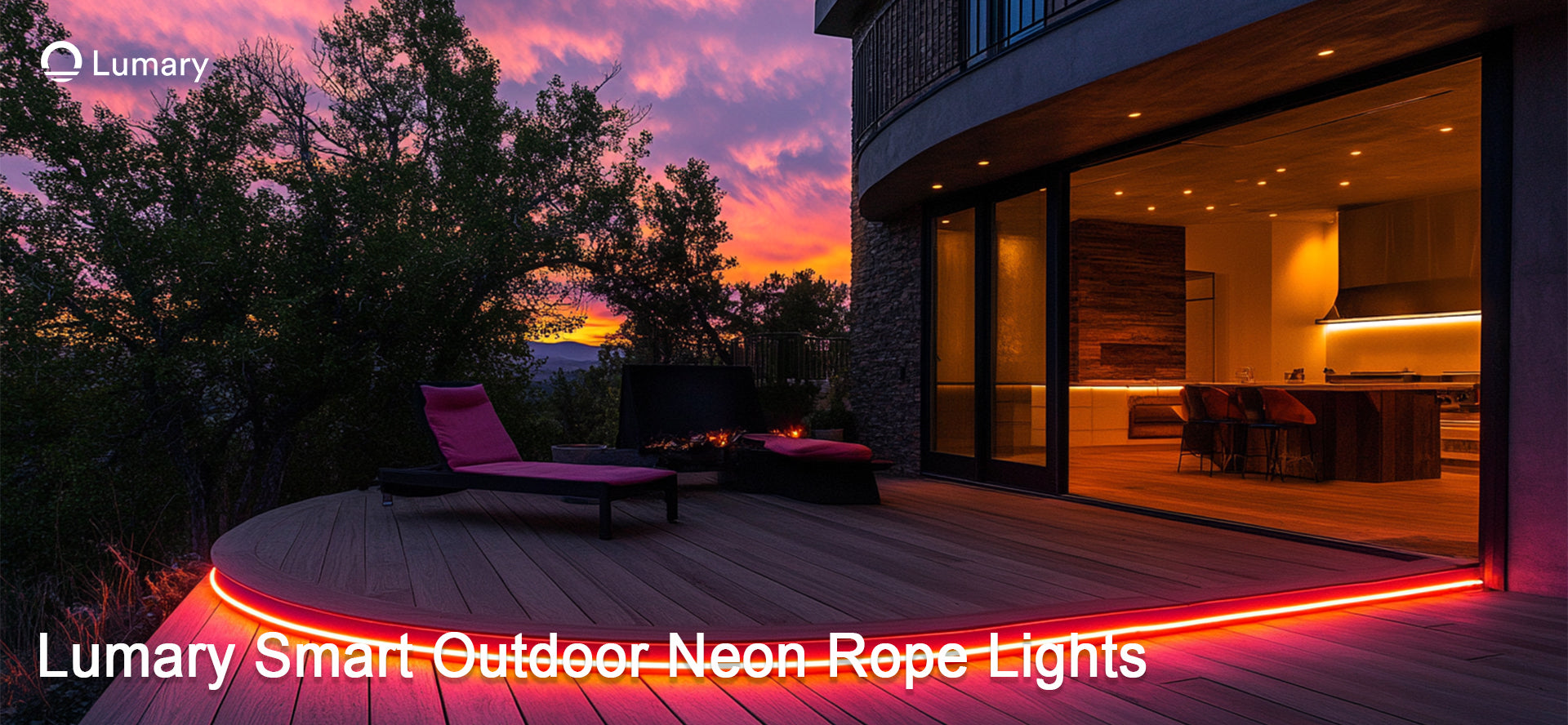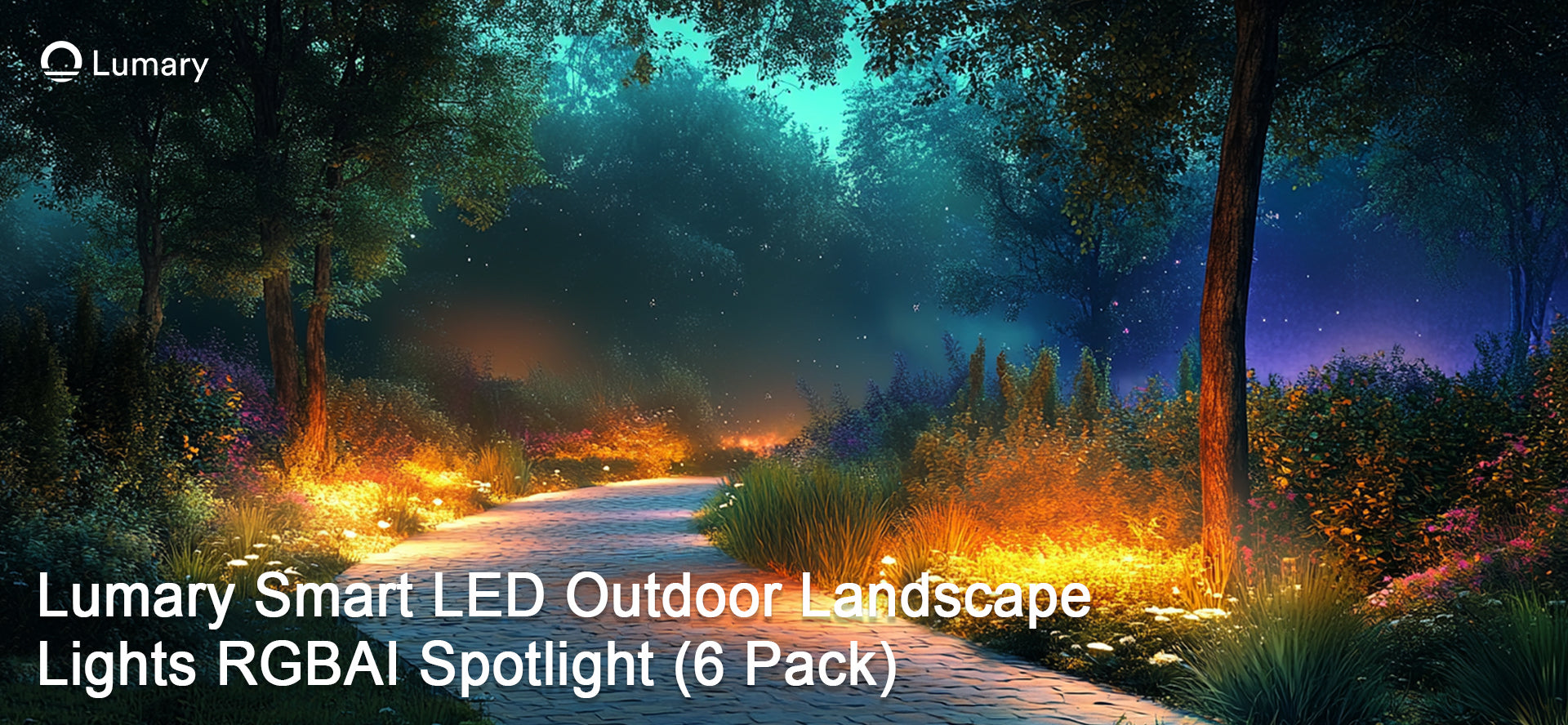Understanding LED Technology

What are LEDs?
Basic principles of LED technology
Light Emitting Diodes (LEDs) generate light through electroluminescence. When an electric current passes through a semiconductor material, it emits photons. This process produces light efficiently and with minimal heat. Unlike incandescent bulbs, LEDs do not rely on a filament that can burn out.
Advantages over traditional lighting
LED garden lights offer several advantages over traditional lighting options. These lights consume less energy, which results in lower electricity bills. The long lifespan of LEDs reduces the need for frequent replacements. LED garden lights also provide better durability and resistance to shock and vibrations. Additionally, LEDs emit light in a specific direction, reducing the need for reflectors and diffusers.
Types of LED Garden Lights
Spotlights
Spotlights focus a narrow beam of light on a specific area or object. These lights are ideal for highlighting garden features such as statues, trees, or architectural elements. Spotlights create dramatic effects and enhance the visual appeal of outdoor spaces.
Path lights
Path lights illuminate walkways, driveways, and garden paths. These lights improve safety by clearly marking pathways and reducing the risk of tripping. Path lights also add a decorative element to the garden, creating a welcoming ambiance.
Floodlights
Floodlights provide broad illumination for large areas. These lights are suitable for security purposes and illuminating expansive garden sections. Floodlights deter potential intruders by ensuring the area remains well-lit.
Decorative lights
Decorative lights enhance the aesthetic appeal of gardens. These lights come in various shapes, colors, and designs. Examples include string lights, lanterns, and bollard lights. Decorative lights create a festive atmosphere and highlight garden features.
Product Information:
- LED Garden Lights: Suitable for driveways, paths, and steps. They complement lawns and gardens.
- Garden Wall Lights: Designed for aesthetics and functionality. Available in 35° and Up & Down configurations.
- LED Garden Spike Lights: Mounted on spikes for easy ground installation.
- LED Garden Lights: Enhance security by deterring criminals from well-lit areas.
Factors to Consider When Selecting LED Garden Lights

Brightness and Lumens
How to measure brightness
Brightness in LED garden lights is measured in lumens. Lumens indicate the amount of light emitted by a source. Higher lumens mean brighter light. For accurate measurement, use a light meter. Place the meter at the desired distance from the light source. Record the lumens reading. This method ensures precise brightness levels for different garden areas.
Recommended lumens for different garden areas
Different garden areas require varying lumens for optimal illumination. Pathways and walkways need 100-200 lumens for safe navigation. Garden beds and small plants benefit from 200-400 lumens. Larger areas like patios or decks require 700-1300 lumens. Floodlights for security purposes should emit 1300-2000 lumens. Adjust lumens based on specific needs and preferences.
Color Temperature
Warm vs. cool light
Color temperature affects the ambiance of your garden. Measured in Kelvin (K), warm light ranges from 2200K to 3000K. Warm light creates a cozy, inviting atmosphere. Cool light ranges from 4000K to 6500K. Cool light provides a crisp, modern look. Choose color temperature based on the desired mood and garden setting.
Best color temperatures for garden settings
Different garden settings benefit from specific color temperatures. Use warm light (2200K-3000K) for seating areas and pathways. Warm light enhances relaxation and comfort. Cool light (4000K-6500K) suits security lighting and large open spaces. Cool light improves visibility and safety. Select appropriate color temperatures to achieve the desired effect.
Energy Efficiency
Understanding wattage and energy consumption
Wattage measures the energy consumption of LED garden lights. Lower wattage indicates higher energy efficiency. For example, a 10-watt LED light can produce the same brightness as a 60-watt incandescent bulb. This efficiency reduces electricity bills. Compare wattage ratings to choose energy-efficient options.
Long-term cost savings
LED garden lights offer significant long-term cost savings. These lights consume less energy, resulting in lower utility bills. The extended lifespan of LEDs reduces replacement costs. For instance, LED lights last up to 25,000 hours. Traditional bulbs may only last 1,000 hours. Investing in LED garden lights ensures financial savings over time.
Durability and Weather Resistance
IP Ratings Explained
Understanding IP ratings is crucial when selecting LED garden lights. The IP (Ingress Protection) rating indicates the level of protection against dust and water. The first digit represents protection against solid objects, while the second digit denotes water resistance. For example, an IP65 rating means complete protection from dust and resistance to water jets from any direction. Higher IP ratings ensure better durability in harsh weather conditions.
Materials and Build Quality
The materials and build quality of LED garden lights significantly impact their longevity. High-quality materials like aluminum and stainless steel offer excellent durability and resistance to corrosion. These materials withstand various weather conditions, ensuring the lights remain functional for extended periods. Solid construction and robust design enhance the overall performance and reliability of LED garden lights.
Installation and Maintenance Tips

Planning Your Lighting Layout
Assessing your garden's needs
Evaluate the specific areas in the garden that require illumination. Identify pathways, seating areas, and focal points like statues or water features. Determine the purpose of lighting for each area, whether for safety, aesthetics, or security. Consider the existing landscape and architectural elements to create a cohesive lighting plan.
Creating a lighting plan
Develop a detailed lighting plan by sketching the garden layout. Mark the locations where LED garden lights will be installed. Choose appropriate types of lights for each area, such as spotlights for highlighting features or path lights for walkways. Ensure the plan includes adequate spacing between lights to avoid overcrowding and ensure even illumination.
Installation Guidelines
Tools and materials needed
Gather the necessary tools and materials before starting the installation. Essential tools include a shovel, screwdriver, wire cutters, and a voltage tester. Materials required are LED garden lights, low-voltage cables, connectors, and a transformer. Ensure all components are compatible with the chosen lighting system.
Step-by-step installation process
- Prepare the site: Clear the installation area of debris and obstacles. Dig shallow trenches for burying cables.
- Install the transformer: Mount the transformer near an outdoor power outlet. Connect the transformer to the power source following the manufacturer's instructions.
- Lay the cables: Run low-voltage cables from the transformer to the designated light locations. Bury the cables in the trenches, leaving enough slack for adjustments.
- Connect the lights: Attach the LED garden lights to the cables using connectors. Ensure secure connections to prevent water ingress.
- Test the system: Turn on the power and test each light to ensure proper operation. Adjust the positioning of the lights as needed.
- Secure the lights: Firmly place the lights in the ground or mount them on surfaces. Cover the trenches with soil and tidy the installation area.
Maintenance and Troubleshooting
Regular maintenance tips
Perform regular maintenance to keep LED garden lights in optimal condition. Clean the light fixtures periodically to remove dirt and debris. Check for loose connections and tighten them if necessary. Inspect the cables for damage and replace any worn-out components. Trim surrounding vegetation to prevent obstruction of the light beams.
Common issues and solutions
Address common issues promptly to ensure uninterrupted performance. If a light fails to turn on, check the power source and connections. Replace any faulty bulbs or damaged cables. For flickering lights, inspect the transformer and ensure it matches the system's wattage requirements. Adjust the positioning of lights to eliminate shadows or uneven illumination.
Practical Tips and Recommendations

Budget Considerations
Cost vs. Quality
When selecting LED garden lights, balance cost and quality. High-quality lights often come with a higher price tag but offer better performance and longevity. Investing in durable lights reduces the need for frequent replacements, saving money in the long run. Evaluate the build quality, materials, and features to ensure the best value for the investment.
Finding the Best Deals
To find the best deals on LED garden lights, compare prices from multiple retailers. Look for seasonal sales and discounts. Online marketplaces often provide competitive pricing and customer reviews. Consider purchasing in bulk for additional savings. Ensure that the chosen lights meet the required specifications and quality standards.
Eco-Friendly Options
Solar-Powered LED Lights
Solar-powered LED garden lights offer an eco-friendly lighting solution. These lights harness solar energy during the day and illuminate the garden at night. Solar-powered lights reduce electricity consumption and lower utility bills. Installation is straightforward since no wiring is required. Place the lights in areas with ample sunlight for optimal performance.
Sustainable Practices
Adopt sustainable practices when using LED garden lights. Choose lights with energy-efficient features. Opt for lights with adjustable brightness settings to minimize energy use. Regularly maintain the lights to extend their lifespan. Recycling old or damaged lights helps reduce environmental impact. Implementing these practices contributes to a greener and more sustainable garden.
Enhancing Aesthetics
Using Lights to Highlight Garden Features
Use LED garden lights to accentuate garden features. Spotlights can highlight statues, trees, or water features. Path lights create a welcoming ambiance along walkways and driveways. Floodlights illuminate larger areas, enhancing security and visibility. Strategic placement of lights enhances the overall aesthetic appeal of the garden.
Creative Lighting Ideas
Explore creative lighting ideas to transform the garden. String lights add a festive touch to outdoor spaces. Lanterns provide a cozy and inviting atmosphere. Bollard lights offer a modern and stylish look. Experiment with different colors and lighting patterns to create unique effects. Customizing the lighting design adds personality and charm to the garden.
LED garden lights offer numerous benefits for outdoor spaces. These lights provide energy efficiency, long lifespan, and enhanced aesthetics. LED technology ensures bright and focused illumination, improving both safety and security.
Consider investing in high-quality LED garden lights to transform outdoor areas. Proper planning and installation will maximize the benefits. Regular maintenance will ensure longevity and optimal performance.
LED garden lights create a welcoming and secure environment. The ability to customize brightness and color temperature adds versatility. Illuminate gardens with LED lights for an enhanced outdoor experience.
















